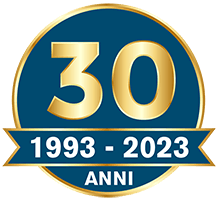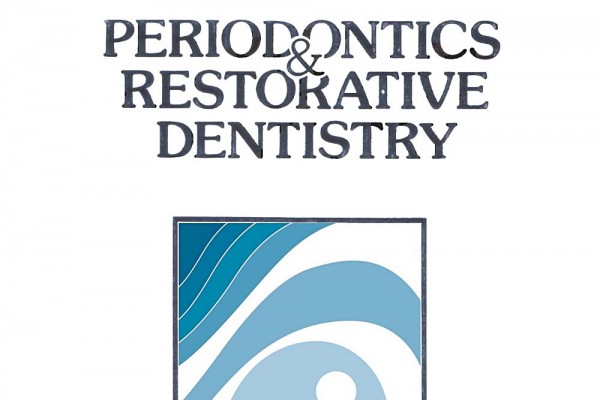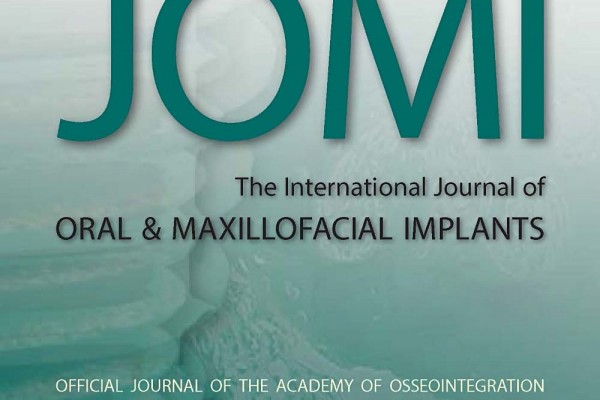Original study – ZZI 01/2013
M. Merli1, M. Moscatelli1, A. Mazzoni2, M. Merli1, G. Mariotti1, M. Nieri3
A clinical and histological evaluation of a case report
Introduction: This paper describes the treatment of horizontal osseous defects around implants in a one-stage split-mouth approach in a middle-aged female patient.
Method and Material: The same identical reconstruction technique was performed in both surgical sites using different biomaterials: a ? -tricalciumphosphate (Ceros TCP granules) grafting material and a porcine, collagen pericardium resorbable membrane (Remotis) were employed on the test side and a deproteinized, bovine bone matrix (Bio-Oss) and a porcine, collagen resorbable membrane (Bio-Gide) on the control side. Bone substitutes were mixed with autologous bone (approximately 10 %) harvested during implant insertion procedures.
Results: Substantial bone regrowth was evident in both ridges, although only the test side underwent complete regeneration. Histological examination of the regenerated areas showed the presence of mature bone organized around particles of biomaterial during the incorporation phase.
Conclusion: Both therapeutic approaches have proved favorable in terms of covering the initially exposed implant threads.
Keywords: ?-tricalciumphosphate; bone augmentation; collagen membrane; dental implants; deproteinized bovine bone matrix
Citation:
Merli M, Moscatelli M, Mazzoni A, Merli M, Mariotti G,
Nieri M: Lateral bone augmentation applying different
biomaterials A clinical and histological evaluation of a case report. Z Zahnärztl Implantol 2013;29:70-79.
DOI 10.3238/ZZI.0070-0079



